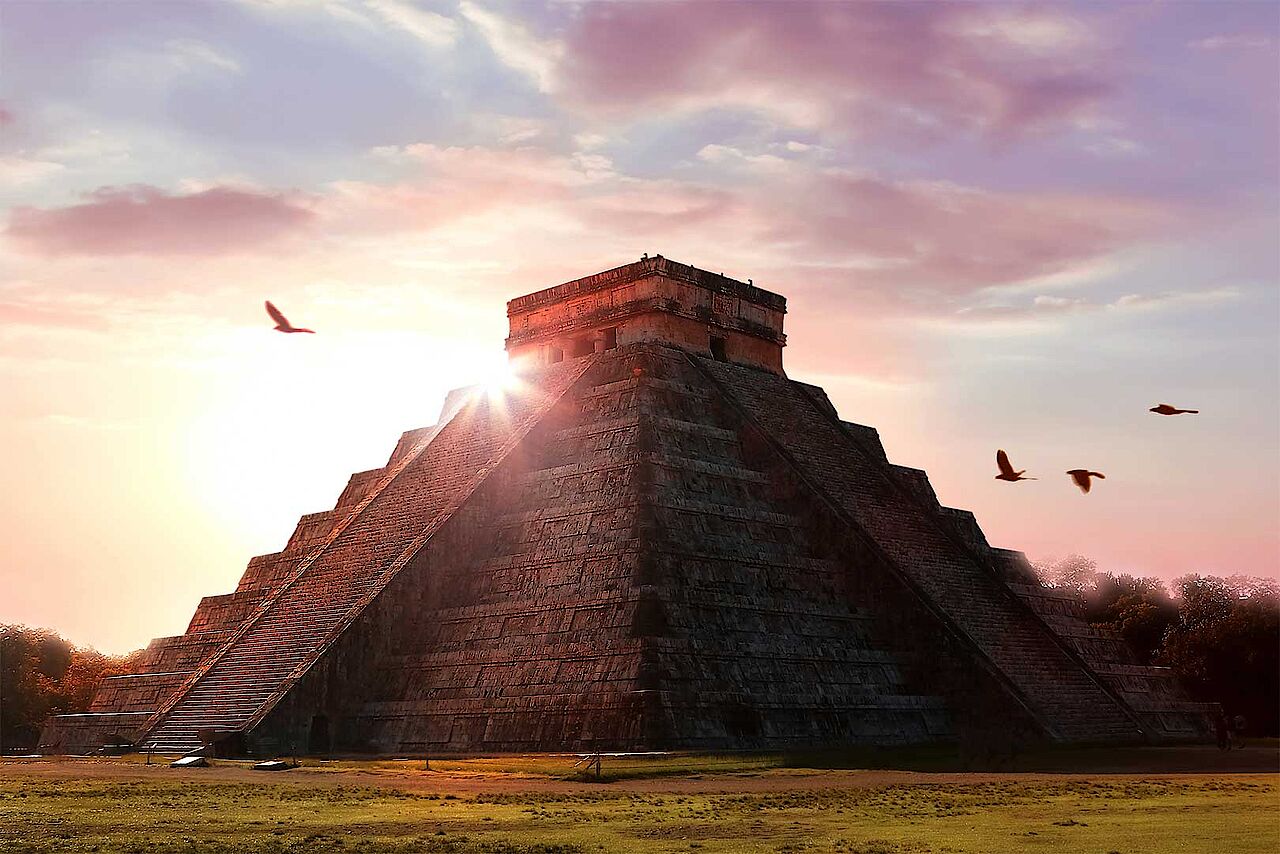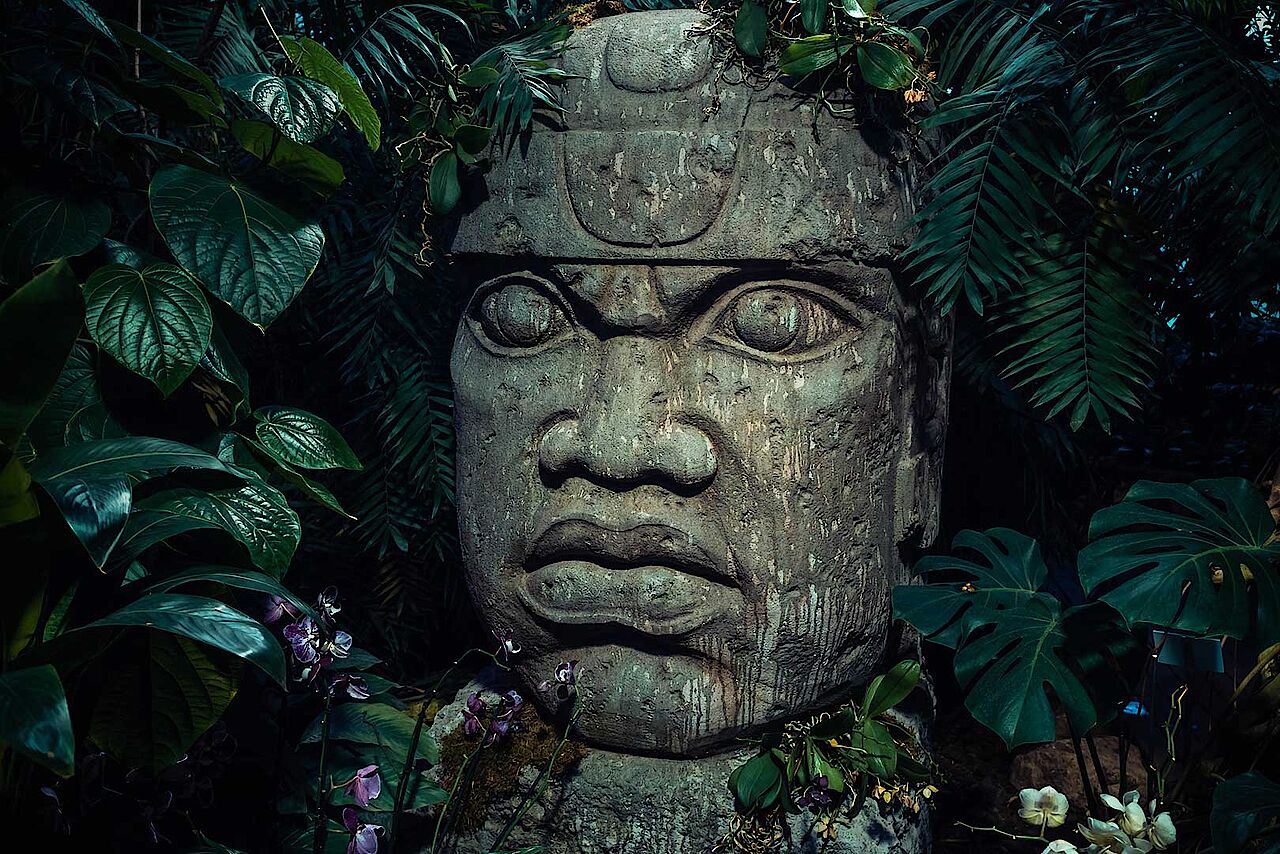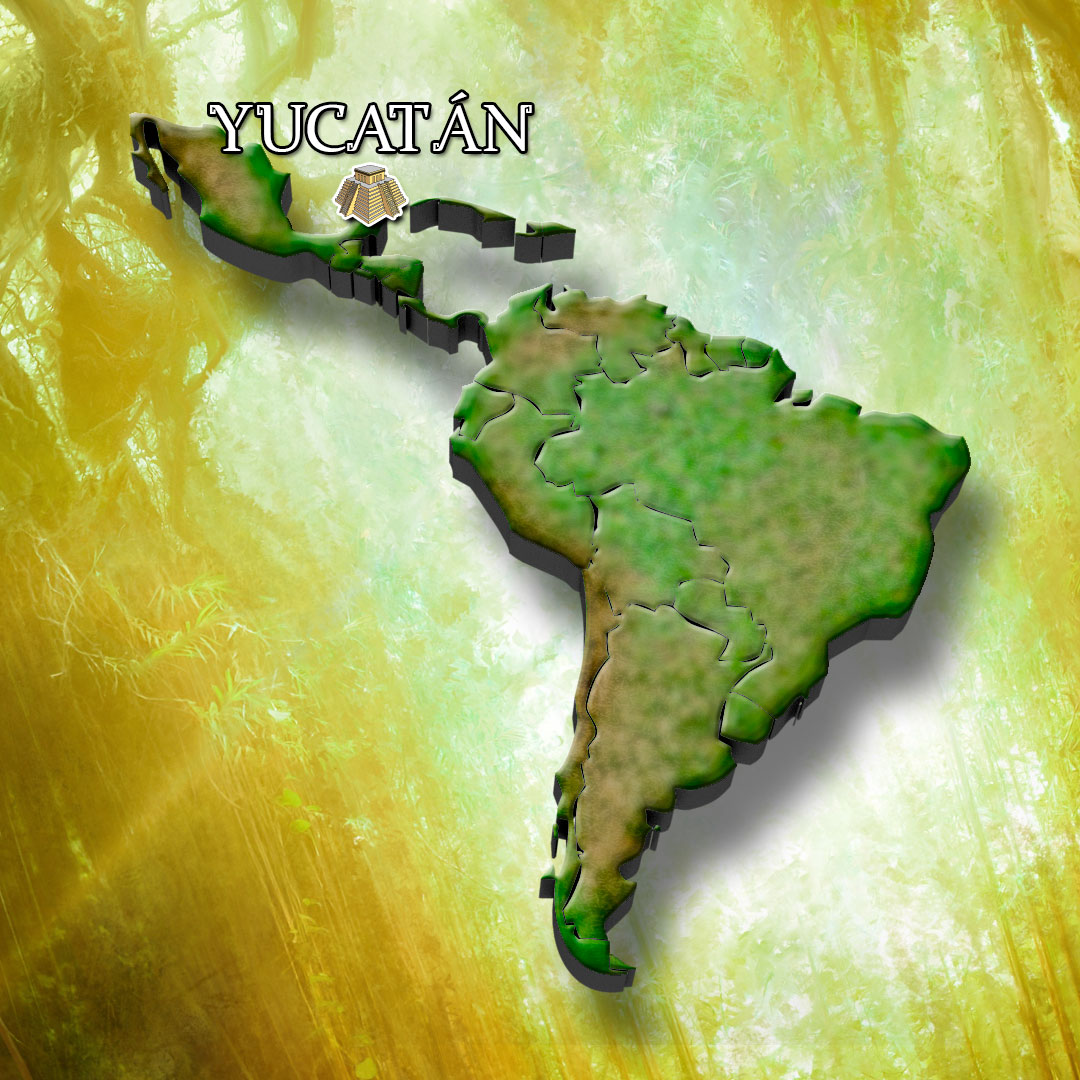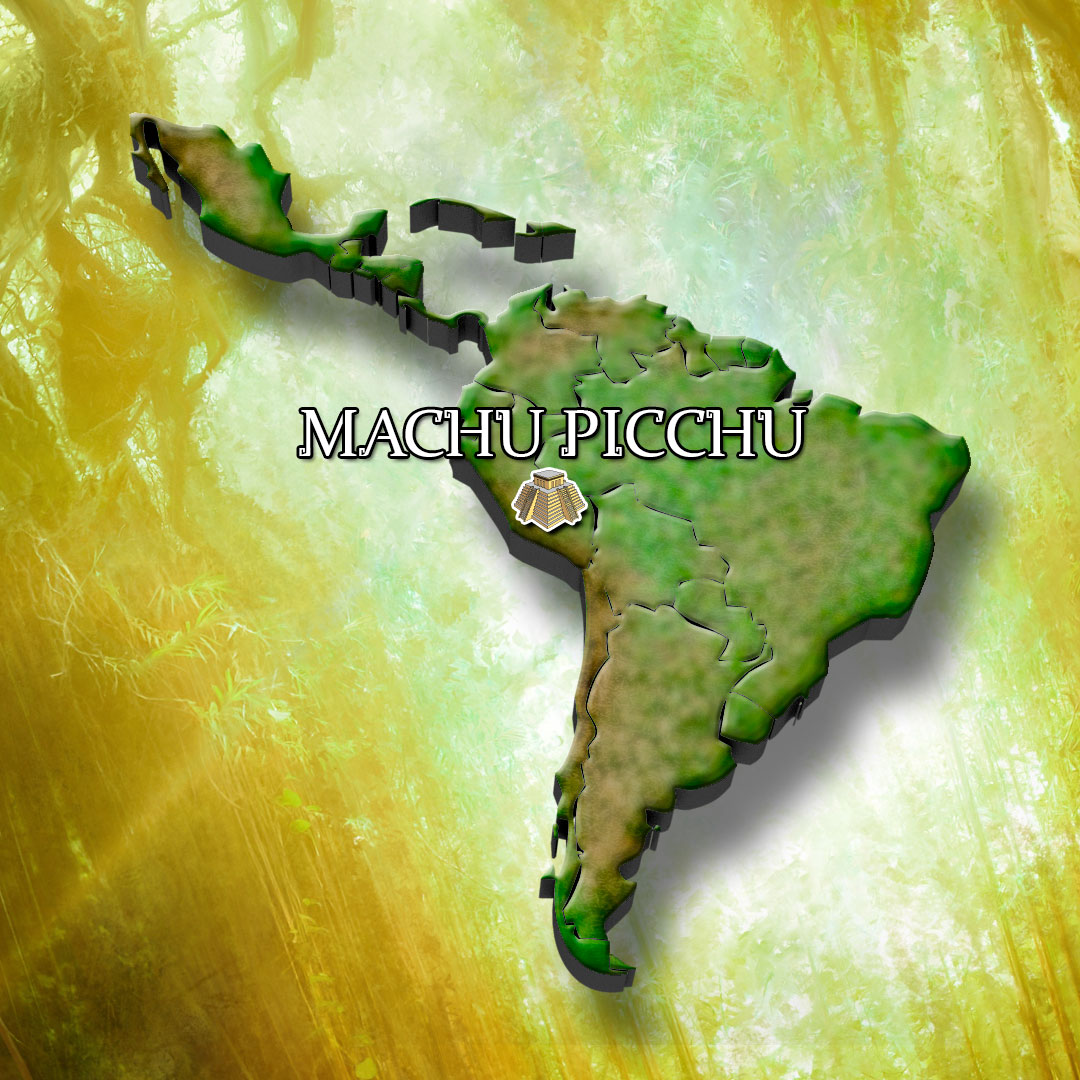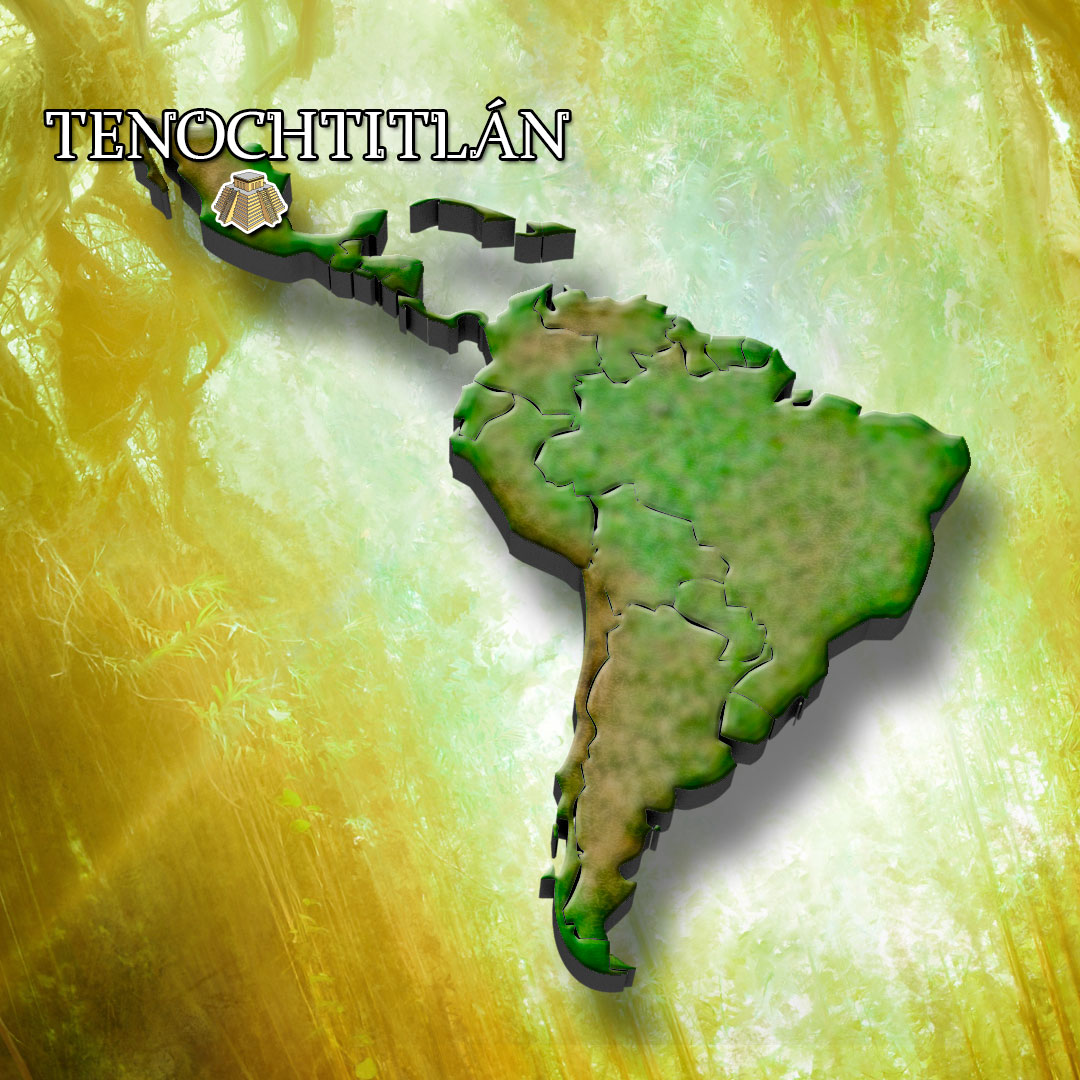Maya, Aztecs, Inca - what is that anyway?
W:O:A 2020 will be all about ancient civilisations from America; more specifically, it will feature the Maya, Aztecs, and Inca. These are not names of metal bands, by the way. So let's take a look at what and who we’re talking about. After all, these peoples gave us writings, calendars, and other wonderful things. And chocolate.
Be it science, crafts or social structures: In many ways, the Maya, Inca, and Aztecs were far ahead of their contemporaries. The three American civilisations are characterised not only by the formation of states but also the development of elaborate calendars, writings, and works of art. It’s well worth taking a closer look at the individual communities and gaining an understanding of their diversity.
Which is exactly what we plan on doing with you in the upcoming months. Did we mention chocolate? By the way: The Inca don’t actually belong to the peoples of Mesoamerica. (That's what experts call the archaeological cultural area in Central America, which W:O:A 2020 will focus on.) However, because of their high profile, we will still be including them.
Maya
First of all: There is no such thing as the Maya. Instead, the name refers to various peoples who are distinguished by different places of residence, culture, and language, just like the Inca and the Aztecs.
For simplicity's sake, we will be using the generic term. The peninsula of Yucatán plays an important role in Mayan history. Over the course of several millennia (about 3,000 B.C. up until the 16th century), it developed into one of the most important places for its people.
The reason: Their cultural centre slowly shifted from the highlands to the plains, and from there on to Yucatán. The highlands were already beginning to boast newer cultures by that time. Cocoa beans were very special to the Maya. Not only did the seeds of the cocoa tree serve as a source of exquisite chocolate drinks with a bitter flavour, but also as a form of currency. With the arrival of the Spanish Conquistadors by the end of the 15th century, the Maya were pushed back. However, they still exist today, for example in Yucatán, Chiapas, Tabasco, Belize, Guatemala, El Salvador, and Honduras.
The Maya are renowned for: Cultivating maize, mathematics, cocoa, calendars, writing, arts and crafts, painting, and buildings
Inca
Almost everyone has heard of Machu Picchu before. The remains of the city can be found at an altitude of 2,000 metres in Peru and mark one of the former centres of the Inca.
At its largest stage (13th to 16th century), the entire territory inhabited by about 200 peoples extended from Ecuador to Chile and Argentina. In contrast to the Maya and the Aztecs, cities did not play a major role in Incan history, instead, the people consisted mainly of farming communities. This apparently worked well, as research has so far failed to prove malnutrition. On the other hand, the cities were inhabited only by the elite. The most important center was the capital, Qusqu (Cusco), which is located approximately 100 kilometres away from Machu Picchu.
In April 1532, the Spanish conqueror Francisco Pizarro landed on the Peruvian coast and conquered the Incan empire. The Inca do not belong to the peoples of Mesoamerica but are featured here because of their high profile and their frequent association with the Maya and Aztecs.
The Inca are renowned for: Agriculture, knot writings (Quipu), Tocapu patterns in textiles, the sun god Inti, buildings, road network, arts and crafts, medicine, and trade
Aztecs
The history of the Aztecs occupies less time since their population peaked between the 14th and 16th century. The term "Aztecs" was first coined by Jesuit Francisco Javier Clavijero and German researcher Alexander von Humboldt (18th to 19th century). However, the peoples called themselves "Mexi'ca". This makes sense, given that they predominantly settled in the valley of Mexico.
Mexico City, now one of the world's largest megacities, was built on the ruins of what was once the capital of the Aztecs (Tenochtitlán), founded in 1325. Texcoco and Tlacopán were also located in the immediate vicinity. In 1428, the three cities joined forces and founded the Aztec Triple Alliance, the cornerstone of the great Aztec Empire. With great aggression and political skill, these peoples increased their power beyond the union of their cities.
The history of the Aztecs, too, ended with the arrival of the Spanish: The last Aztec ruler, Cuauthémoc, was executed in 1525.
The Aztecs are renowned for: Educational system, brutal sacrificial rituals, language (Nahuatl is still spoken today), agriculture, trade, arts and crafts, military, calendars, pictorial writing, and art.

